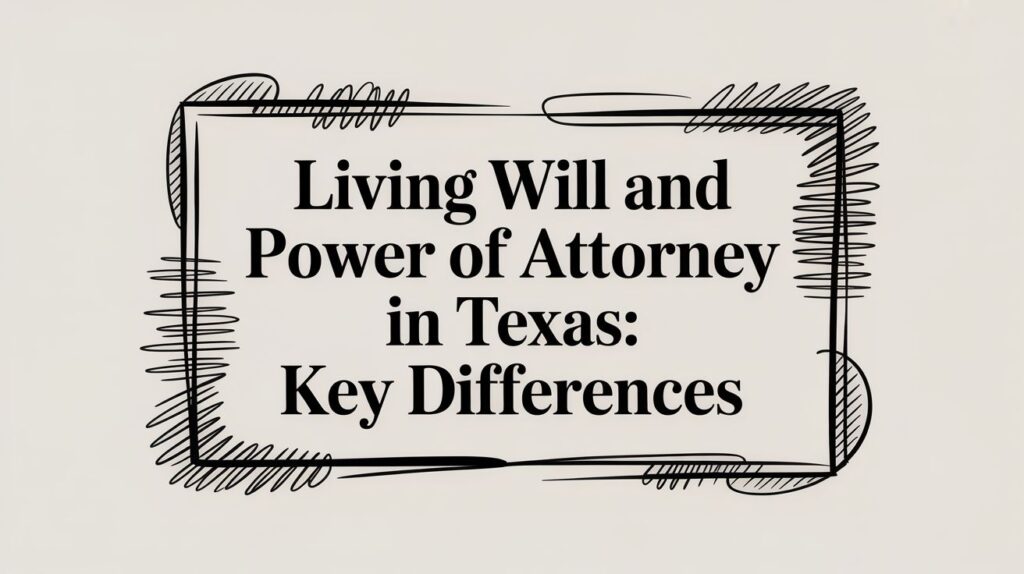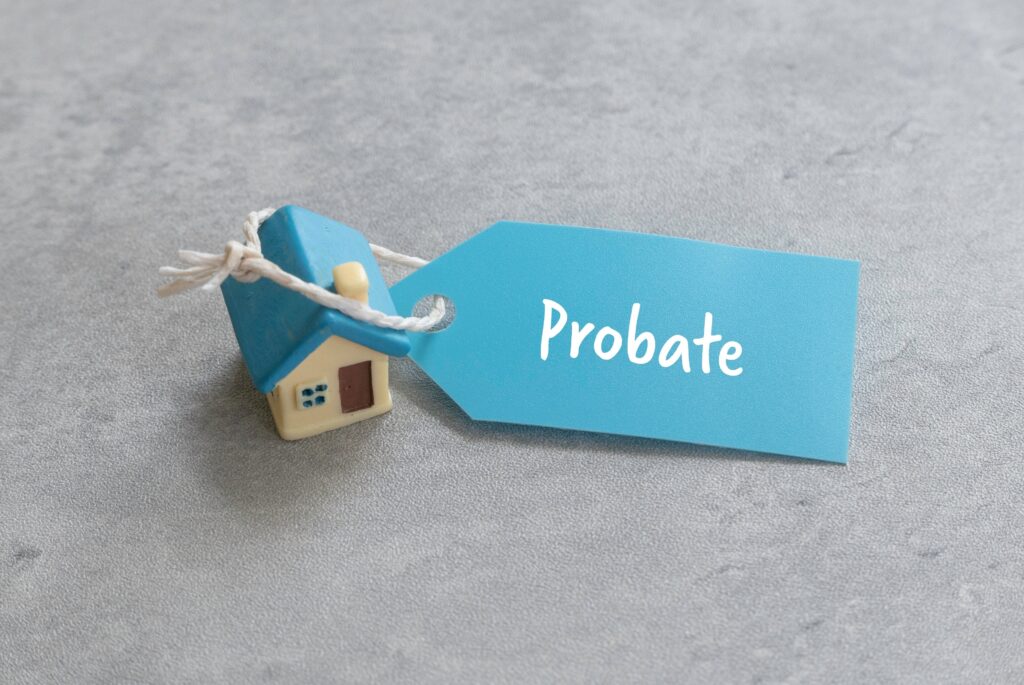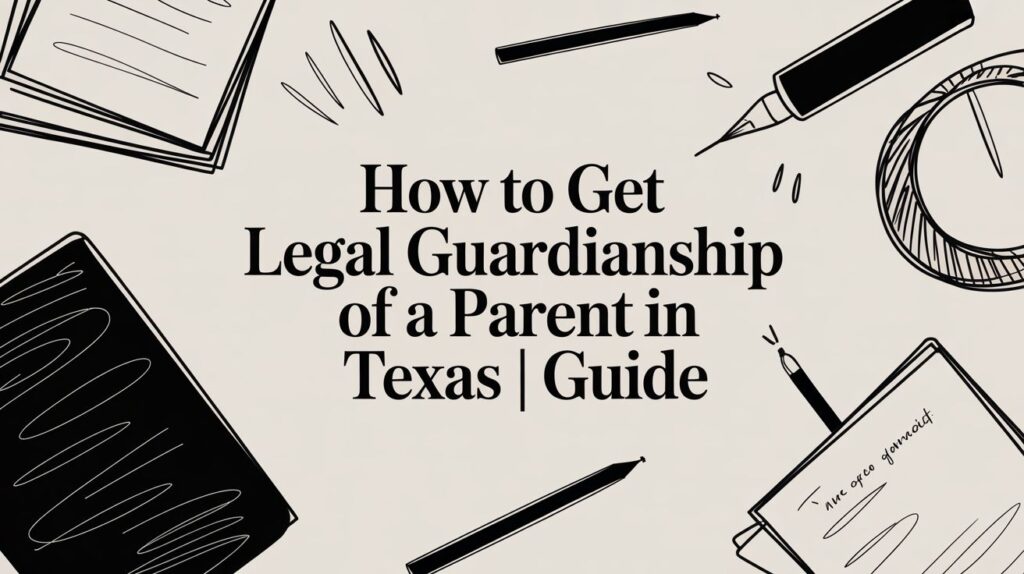If you’ve ever lost a loved one and found yourself tangled in legal paperwork and endless delays, you’re not alone. The legal journey after someone passes away—particularly when it involves their estate—can be complex. That’s why understanding probate timelines in court process is crucial. Whether you’re an executor, a beneficiary, or simply trying to get your affairs in order, knowing the steps in the probate process can help you navigate the system with clarity and confidence.
This article will break down the full probate journey from start to finish, using plain language, real-life stories, and expert insight. We’ll unpack what happens during each phase, how long it usually takes, and where common pitfalls often derail the process. So, if you’re wondering why probate seems to drag on—or how to speed things up—this guide has you covered.
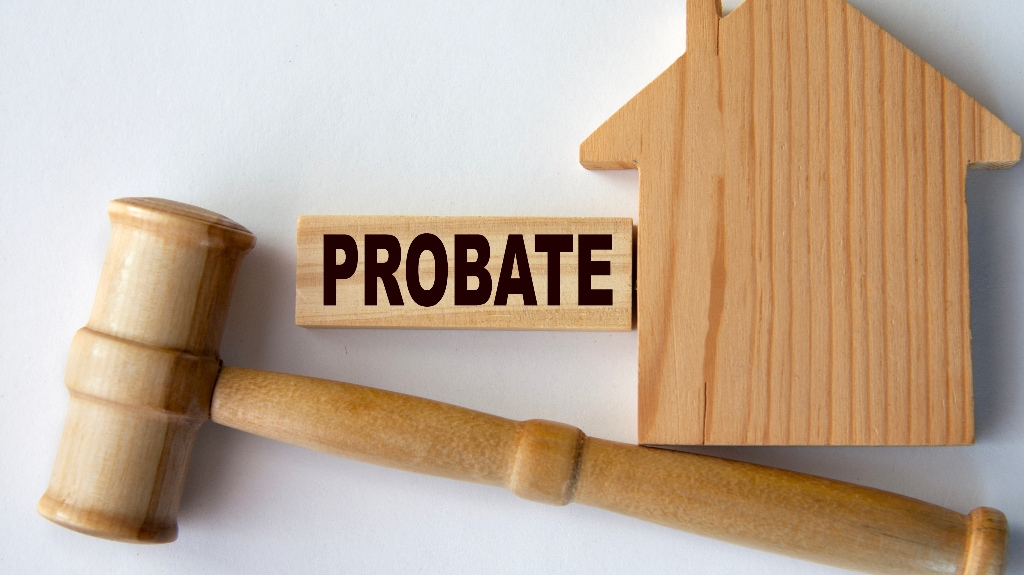
What Is Probate, and Why Does It Matter?
The Legal Process Behind Closing an Estate
Probate is the court-supervised legal process used to settle a deceased person’s estate. When someone passes away, their assets—homes, bank accounts, personal property—don’t just transfer automatically. Unless those assets are jointly owned or have named beneficiaries, they must go through probate.
The main goals of probate are to:
- Validate the deceased person’s will (if one exists)
- Appoint someone to manage the estate (called an executor or administrator)
- Identify and inventory assets
- Pay off debts and taxes
- Distribute what’s left to heirs and beneficiaries
Knowing the steps in the probate processis essential to understanding probate timelines in court process—because probate isn’t just a one-time event; it’s a series of stages that can take months (or even years) to complete.
Step 1: Filing the Petition to Open Probate
The Official Start of the Clock
Probate begins when someone files a petition in probate court to open the estate. This petition is usually filed in the county where the deceased person lived. If there’s a will, it’s filed along with the petition.
Once submitted, the court schedules a hearing, usually within 30 to 60 days, to officially recognize the executor named in the will (or appoint an administrator if there’s no will).
Real-life example: When James passed away in Travis County, his daughter Emma filed the probate petition within two weeks. The court hearing was set 45 days later, which is typical for that jurisdiction. While the process felt slow, she was told it was actually running “on schedule”—a great reminder that understanding probate timelines in court process means managing expectations.
Step 2: Notifying Heirs, Beneficiaries, and Creditors
Letting Everyone Know
Once the court approves the executor or administrator, the next step is to notify all interested parties—this includes legal heirs, anyone named in the will, and known creditors. Notice is also usually published in a local newspaper to alert unknown creditors.
Why does this matter? Because creditors have a legal right to be paid before heirs receive their inheritance. They’re typically given four to six months to file claims.
Failing to provide proper notice can delay the entire probate process and even expose the executor to liability. So, understanding probate timelines in court process means factoring in this built-in pause to allow legal notice periods.
Step 3: Inventorying the Estate
Taking Stock of Everything the Deceased Owned
One of the most time-consuming steps in the probate process is creating a complete inventory of the estate’s assets. This includes:
- Real estate
- Bank accounts
- Vehicles
- Personal belongings
- Business interests
- Stocks and bonds
- Retirement accounts

The executor must also determine the value of these assets, which may require professional appraisals. Once compiled, the inventory is submitted to the court for review.
This step often takes 30 to 90 days, depending on how complex the estate is. For estates with out-of-state property or disputed ownership, it can take even longer.
Step 4: Paying Debts and Taxes
Settling the Estate’s Financial Obligations
Before heirs receive anything, all outstanding debts and taxes must be paid. This includes:
- Credit card debt
- Mortgage balances
- Medical bills
- Utility bills
- Funeral costs
- Final income taxes
- Estate taxes (if applicable)
The executor uses estate funds to pay these obligations. If the estate doesn’t have enough liquid assets, property may need to be sold to cover debts.
Delays often occur at this stage, especially if creditors contest how much they’re owed or if the estate is short on cash. Understanding probate timelines in court process requires knowing that debt resolution can stretch timelines significantly—sometimes adding several months to the process.
Step 5: Distributing Assets to Beneficiaries
Finally, The Inheritance
Once all debts and taxes are paid, and the court has approved the estate inventory, the executor can begin distributing remaining assets to the rightful heirs and beneficiaries. This is the moment most people have been waiting for—but it often comes months after the process began.
The executor must ensure:
- All beneficiaries receive what they’re entitled to
- All transfers are documented
- All legal requirements are met for real estate or titled property
For high-value estates or those with multiple heirs, coordinating these distributions can take weeks or longer.
Real-life example: In Tarrant County, a family waited nine months for distribution to begin after their mother’s death. Once all debts were settled, the process moved fast—but only because the executor kept meticulous records.
Step 6: Closing the Estate
Wrapping Everything Up
The final step is filing a petition to close the estate. This document includes a final accounting of:
- All assets collected
- All expenses and debts paid
- All distributions made
The court reviews this and—if everything checks out—issues an order officially closing the estate. From start to finish, the full probate timeline typically ranges from six months to two years.
If the estate involved disputes, contested wills, or real estate in multiple states, it’s not uncommon for probate to stretch into the three-year range.
Special Considerations That Affect Timelines
Every Probate Case Is Unique
Several factors can drastically impact probate timelines in court process, including:
Contested Wills
If someone challenges the validity of the will, probate can be delayed for months or even years. Litigation involves multiple hearings, depositions, and possibly a full trial.
Real Estate Complications
If a home needs to be sold, repairs or market conditions may stall the process. Inherited property that multiple heirs want to keep can also cause disputes.

Out-of-State Assets
Assets located in another state require ancillary probate, adding another layer of court involvement and legal fees.
Missing Documents
Missing death certificates, unclear titles, or unsigned wills can lead to frustrating delays.
Understanding these potential hiccups is essential for realistically managing expectations about how long probate might take.
Real-Life Story: The Probate That Took Four Years
In El Paso, a woman named Maria passed away without a will. Her five children—some living in Texas, others out-of-state—couldn’t agree on who should serve as the estate administrator.
It took 14 months just to appoint someone. During that time, the house sat empty, property taxes accrued, and the landscaping company placed a lien on the estate for unpaid invoices. Once the administrator was appointed, more delays followed due to creditor disputes and disagreements about asset values.
From start to finish, the probate lasted just over four years—a prime example of how miscommunication and lack of planning can extend the process far beyond the norm.
Can You Speed Up Probate?
Strategies That Actually Help
While some delays are unavoidable, there are ways to make the probate process more efficient:
- Hire an experienced probate attorney early in the process
- Organize financial records and legal documents in advance
- Communicate clearly with all beneficiaries to prevent disputes
- Submit paperwork on time to avoid administrative delays
- Consider mediation if heirs disagree
These simple actions can reduce the probate timeline by months, and in some cases, help you avoid court altogether if the estate qualifies for a small estate affidavit or simplified procedures.
When Probate Isn’t Required
Avoiding the Process Entirely
In certain cases, probate may not be necessary. Understanding this exception is key when considering steps in the probate process and whether they even apply.
Situations where probate may not be needed:
- All assets are held in a revocable living trust
- All accounts have named beneficiaries or are payable-on-death (POD)
- Property is jointly owned with right of survivorship
- The estate is very small and qualifies for a small estate affidavit

If you’re planning your estate, using these strategies can help your heirs bypass probate entirely—saving them time, money, and stress.
Final Thoughts on Understanding Probate Timelines in Court Process
Probate can feel like a black hole where money disappears and time slows down. But with the right information and preparation, it doesn’t have to be. By understanding probate timelines in court process, you gain the tools to move confidently through each stage—whether you’re managing an estate, inheriting one, or planning your own.
From filing the initial petition to distributing assets and closing the estate, the steps in the probate process are clear, but not always fast. Delays are common, but they’re not inevitable. With legal guidance, proper documentation, and open communication, you can keep things moving and minimize surprises.
In the end, probate is not just a legal procedure—it’s a journey through grief, memory, and legacy. So plan ahead, stay informed, and take it one step at a time.


